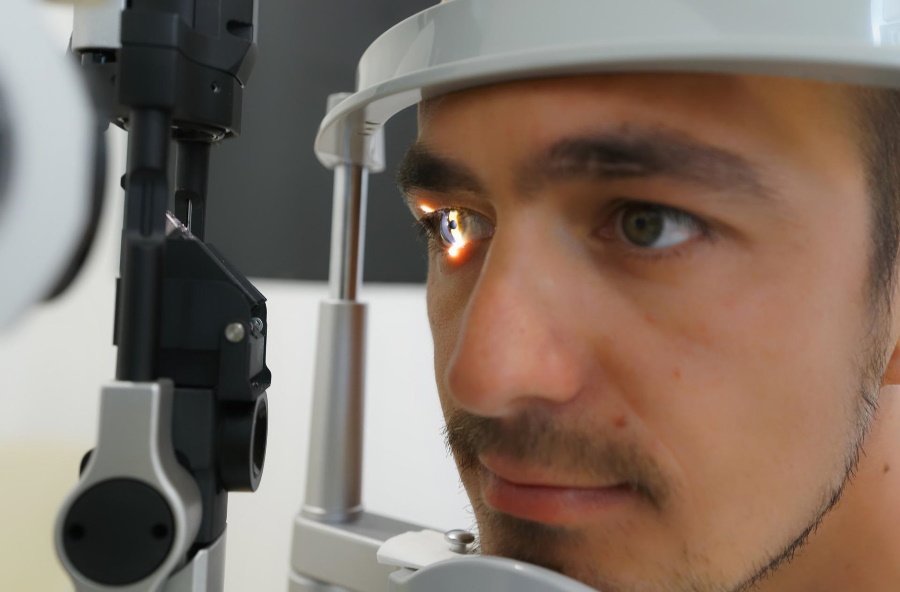Could an eye test spot people at risk of heart attacks?

An analysis of images of the retina harvested from the UK Biobank resource suggests that it may be possible to identify individuals at risk of coronary artery disease by examining the pattern of blood vessels in the retina during an eye test.
The researchers combined data from the branching of blood vessels in the retina with genetic data in the study, which was presented today at the European Society of Human Genetics.
However, they predict that in future it could be possible to detect at-risk individuals during a routine eye test, perhaps offered to people in their 50s, allowing targeted advice to be given on behaviours that could reduce risk, such as giving up smoking and maintaining normal cholesterol and blood pressure.
According to Ana Villaplana-Velasco, a PhD student at the University of Edinburgh who presented the findings at ESHG, the key to spotting risk is the pattern that blood vessels make as they branch through the retina – a measure known as fractal dimension (Df).
A lower Df – in other words simple vessel branching patterns – was associated with an elevated risk of CAD as well as myocardial infarction (MI) or heart attack.
"We already knew that variations in the vasculature of the retina might offer insights into our health," said Villaplana-Velasco. "Given that retinal imaging is a non-invasive technique, we decided to investigate the health benefits we could obtain from these images."
The researchers developed a model that was able to predict MI risk prediction by studying UK Biobank participants who had experienced a heart attack and previously had retinal images collected.
Along with Df scores, it also included demographic information such as age, sex, systolic blood pressure, body mass index and smoking status as well as genetic risk factors, to arrive at a risk score for each subject.
Commenting on the work, Dr James Ware, a cardiologist at Imperial College London, said it is well recognised that the retina provides an opportunity to directly visualise vessels and assess vascular health.
"Approaches like this that use computer vision and/or machine learning to detect subtle vascular features predictive of future heart health appear promising," he added.
"The studies also highlight the enormous value of the UK Biobank which is a hugely powerful research resource, and represents a fantastic investment in science in the UK, with far reaching benefits."
Variations in the retinal vascular pattern also reflect the development of other ocular and systemic diseases, such as diabetic retinopathy and stroke, and the researchers believe it is possible that every condition may have a unique retinal variation profile.
"We would like to investigate this further, as well as undertaking a sex-specific analysis," said Villaplana-Velasco.
"We know that females with a higher MI or CAD risk tend to have pronounced retinal vascular deviations when compared to the male population," she added.
"We would like to repeat our analysis separately in males and females to investigate if a sex-specific model for MI completes a better risk classification."
Image by Paul Diaconu from Pixabay












